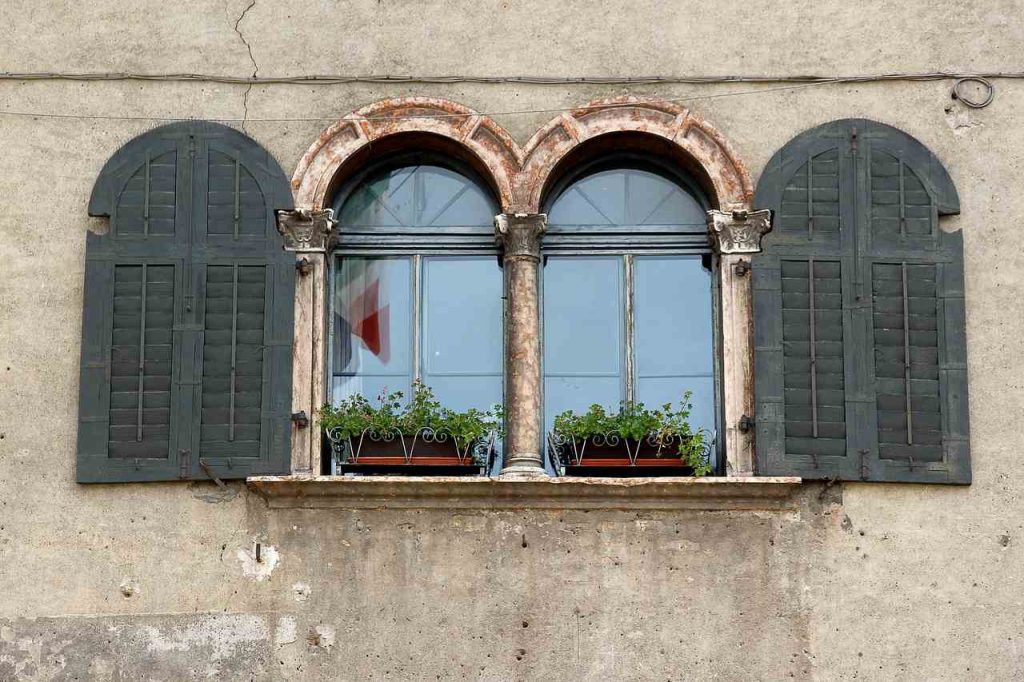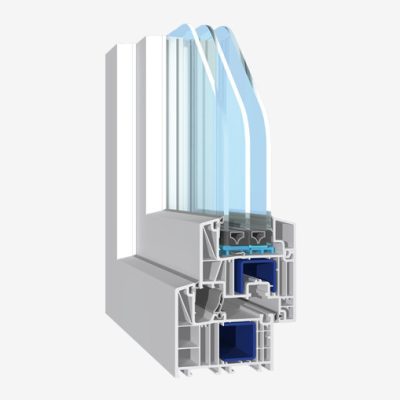
Windows seem to be an integral part of today’s construction industry – but this has not always been the case. When were the first windows made and how did people manage without glass?
The beginnings of windows
The history of windows begins when humans built their first wooden buildings. Sunlight could now freely illuminate the interior of the room, because the window was initially just a hole in the wall. Windows also provided ventilation in buildings where fires and hearths were used for heating and preparing food. Later, they were filled with animal skins, wood or fabric to provide additional protection from the cold. Shutters became extremely useful, as they allowed the window to be opened and closed, protecting against the weather and intruders. In the houses of the wealthier, marble tile fillings appeared, but they were very expensive. In ancient Rome, decorative arches and terraces, which are characteristic of these centuries, already appeared in building designs.
Another function of the window, apart from providing light, was also protection against adverse weather conditions. They fulfilled a kind of decorative function, enriching the body of the building, especially in ancient times, and later at the time of great architectural development. Later, crossbars were added and the panes were fixed with lead. Apart from their protective function, windows also became a beautiful decoration. Colourful stained glass windows appeared in the 10th century and dominated buildings of high sacral value. They were elaborately crafted and often depicted genre scenes or colourfully decorated the church when it was illuminated by the sun. Glass windows were preferred in Europe, while in ancient China, Korea and Japan, paper was used for the windows, sometimes beautifully decorated. In England, it wasn’t until the 17th century that glass windows became standard in construction – this happened when the technique for producing glass was perfected. Before that, they were a privilege of the rich.
Windows today
Nowadays, wooden windows are being effectively pushed out of the market by plastic windows. This is the cheapest alternative, but wooden frames are more resistant, retain heat better and are definitely more aesthetically pleasing. However, from an economic point of view, we are forced to find solutions that are cheaper and easier to maintain and keep clean. They are also easier to produce, but this is another plastic element that will be disposed of for many years to come.
We are also slowly entering the era of windows of the future – we can already afford smart energy-saving windows. In a few years, we will probably get windows combined with solar panels to generate clean energy. Their large surface areas, which in modern buildings are often huge amounts of square metres, remain underused today, and they have considerable potential. Windows can also be the centre of home management; with the help of an app, we will be able to decide which ones to open and which ones to close.
Components of a window
Windows have three main components:
- Door frame – a frame embedded in the wall of the building
- Window sash – a movable part, placed on a hinge, allows you to open and close the window
- Frame infill – single, double or sometimes even triple pane of glass, properly secured against falling out, previously window films obtained from fish bladders or cow stomachs
An additional feature is the window sill – usually metal or PVC on the outside, and wooden, stone, plastic or conglomerate on the inside.
They are made of weather-resistant materials: wood, PVC, metal profiles (steel or aluminium).
Read also:



